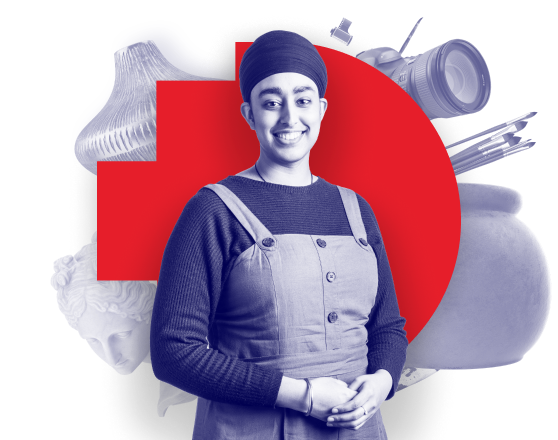You will have the knowledge and confidence to shape your future as a self-employed art practitioner, as a paid employee in the visual art and crafts industry, or as a high-level support staff member in an arts-related industry.
Artists can be employed in a number of areas, including self-employment, project-based work, in schools, councils and government organisations, public project and commission-based work and as artists in residence. Artists may work in private studios or collective artist run spaces. There are commercial opportunities available across the design, illustration and tattoo industries.
As a graduate of this course, you can choose to pursue further study in higher education or undertake work in a multitude of arts-related industries, such as gallery or museum work, community arts or as an art practitioner.
You will graduate with the knowledge and confidence to make appropriate decisions regarding your future in arts roles such as:
- self-employed art practitioner (artist)
- arts education
- gallery or museum assistant/officer
- technician
- high-level support staff in art-related industries.




